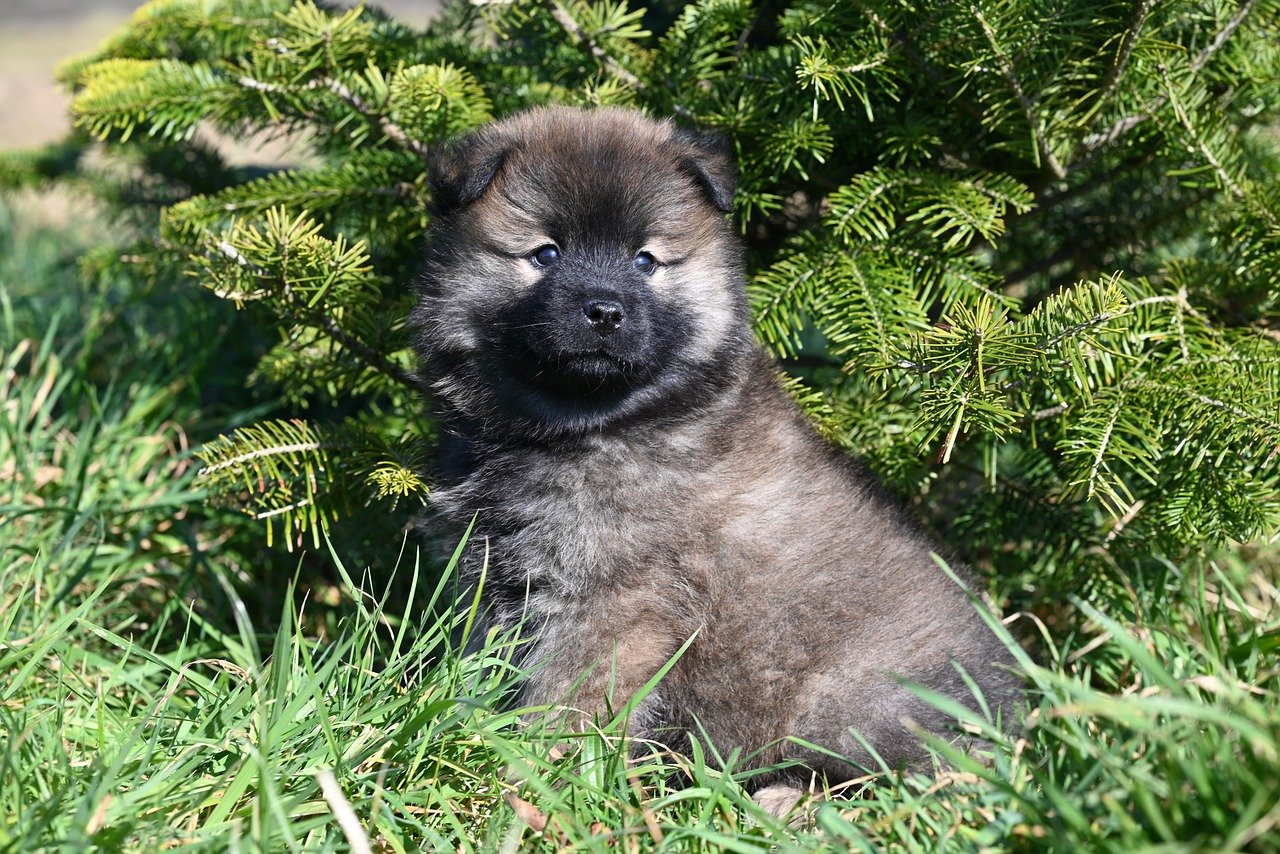Kid-Friendly Guide: 7 Steps to Training Your Dog Successfully
Dog training is a rewarding activity that offers numerous benefits for both children and their furry friends. By engaging in dog training, kids not only deepen their bond with their pet but also learn important values such as responsibilities, empathy and patience. In this guide, we will explore the process and principles of dog training suitable for kids.
Understanding the Basics
Before venturing into actual training, it’s important to grasp the basics. Dogs, like humans, have different personalities, and their training should align with these characteristics. Understanding the dog’s temperament is critical to successful training. Additionally, remember that consistency, repetition, and positive reinforcement are key strategies for any form of training

Different Types of Dog Training
There are various types of dog training that your child can engage in with their pet. These include obedience training, agility training, and trick training. Each training type serves a different purpose and promotes different attributes in dogs. It’s also a great way to make the training process enjoyable and stimulating for your child.
Starting the Training
When it comes to training, starting with the basics always works best – commands like sit, stay, come, are a good place to start. Using tools such as a dog whistle or a clicker can also be beneficial in giving the dog a clear signal. This will make it easier for them to associate specific actions with specific outcomes

Teaching the Sit Command
In teaching the sit command, encourage your child to hold a treat close to the dog’s nose. Move your child’s hand upwards, allowing the dog to follow the treat and making them sit. Your child should then say “Sit” as the dog begins to sit, rewarding them with the treat and affection once they’ve fully sat down.
The Stay Command
Children must understand that the stay command is of great importance for the safety of the dog. For teaching the “stay” command, have your child ask the dog to sit. Your kid must then open their palm facing the dog, saying “Stay”. Then, they should back up a few steps

The Come Command
The “come” command is particularly useful when your dog slips out of its leash. Have your child use a leash and collar during this training. They should squat to the dog’s level, pulling the leash slightly while saying “come”. When the dog comes, reward them with affection and a treat

Troubleshooting Common Challenges
Dog training is often met with several challenges, such as a lack of focus, stubbornness, or hyperactivity. Understanding how to work around such obstacles is crucial to training effectiveness. Strategies like reducing distractions during training sessions, practicing patience and persistence, or breaking down tasks into smaller, manageable portions can help overcome these hurdles.
FAQ
How Old Should the Dog Be Before Children Begin Training?
Puppies can start simple training sessions as early as eight weeks old. However, advanced training should be delayed until they are six months old

How Long Should Training Sessions Last?
Short, regular training sessions are best for dogs. Ideally, sessions should last about five minutes and should be carried out several times throughout the day.
Is it Okay for Kids to Train Dogs Without Adult Supervision?
Young children should always be supervised by an adult during training sessions to ensure their safety and that of the dog.
What Tools are Needed to Train Dogs?
Basic dog training can be accomplished with a few simple tools, such as a dog whistle or a clicker. A leash and collar are also critical during training.
Conclusion
In conclusion, dog training presents an excellent opportunity for children to strengthen their bond with their pets while learning responsibility and patience. It might present some challenges, but with consistent effort, patience, and positive reinforcement, the process can be both fun and greatly rewarding




